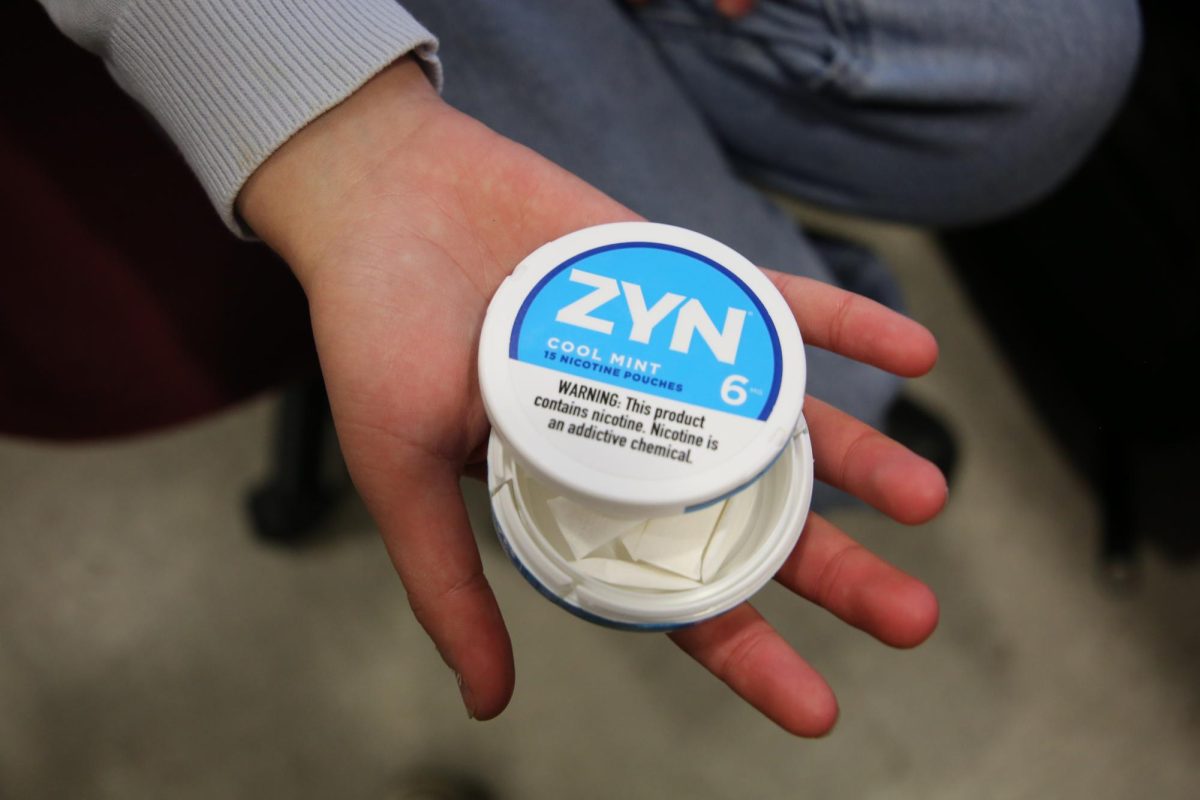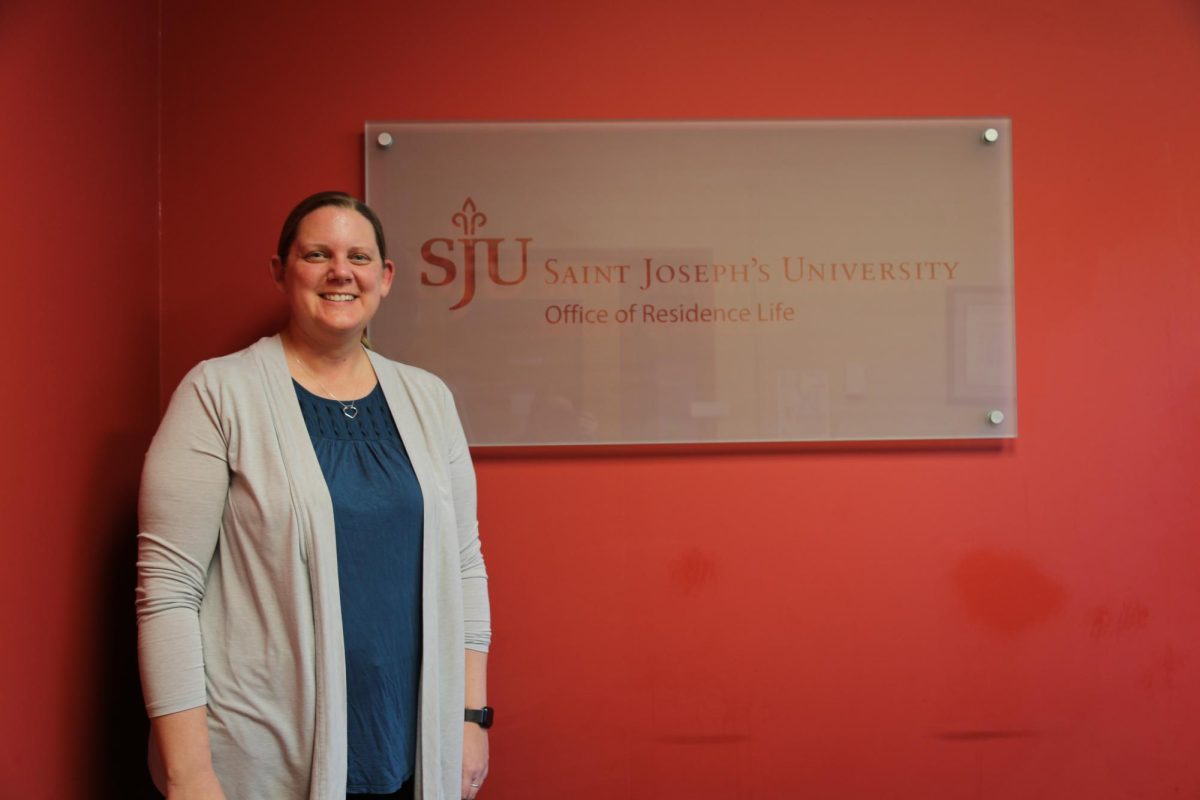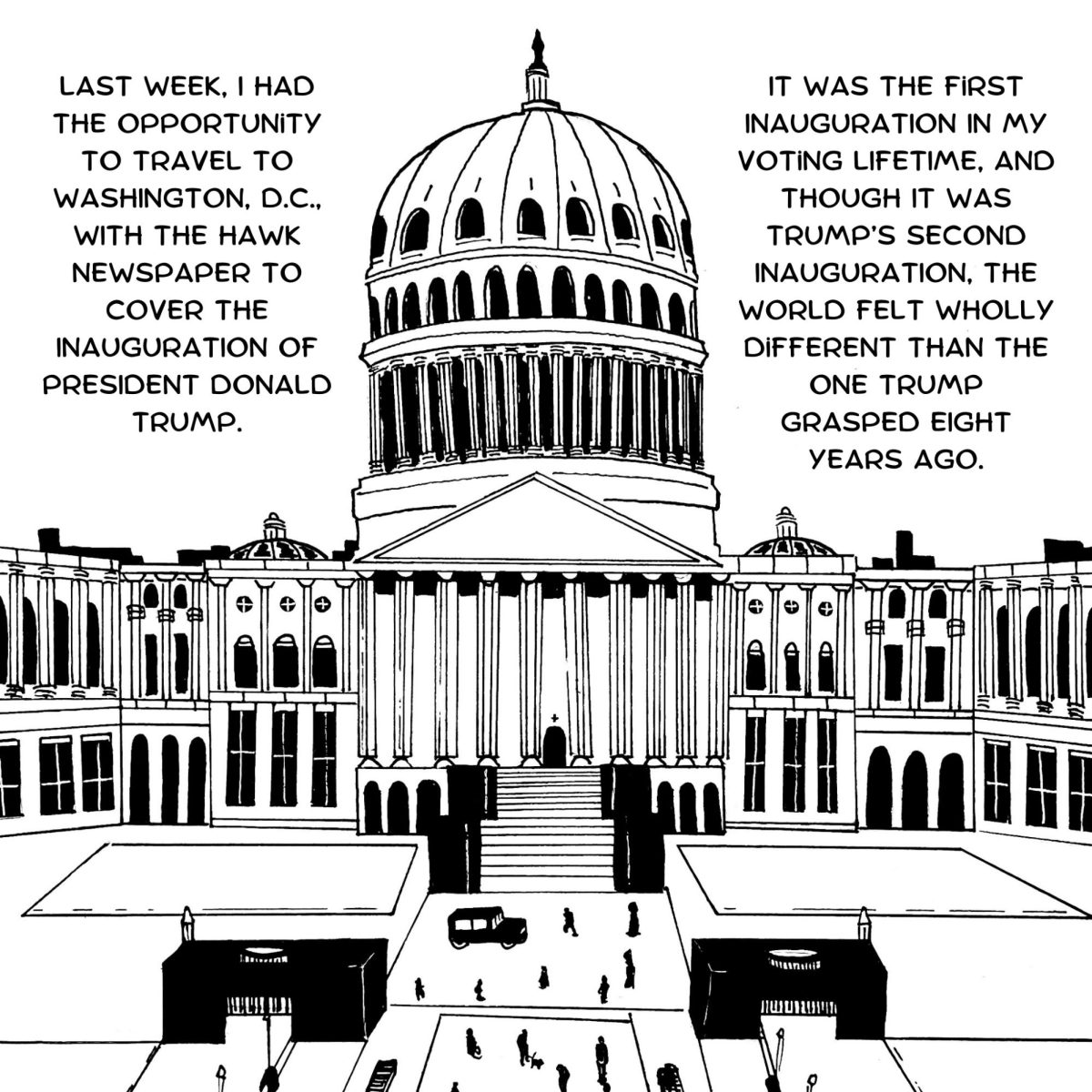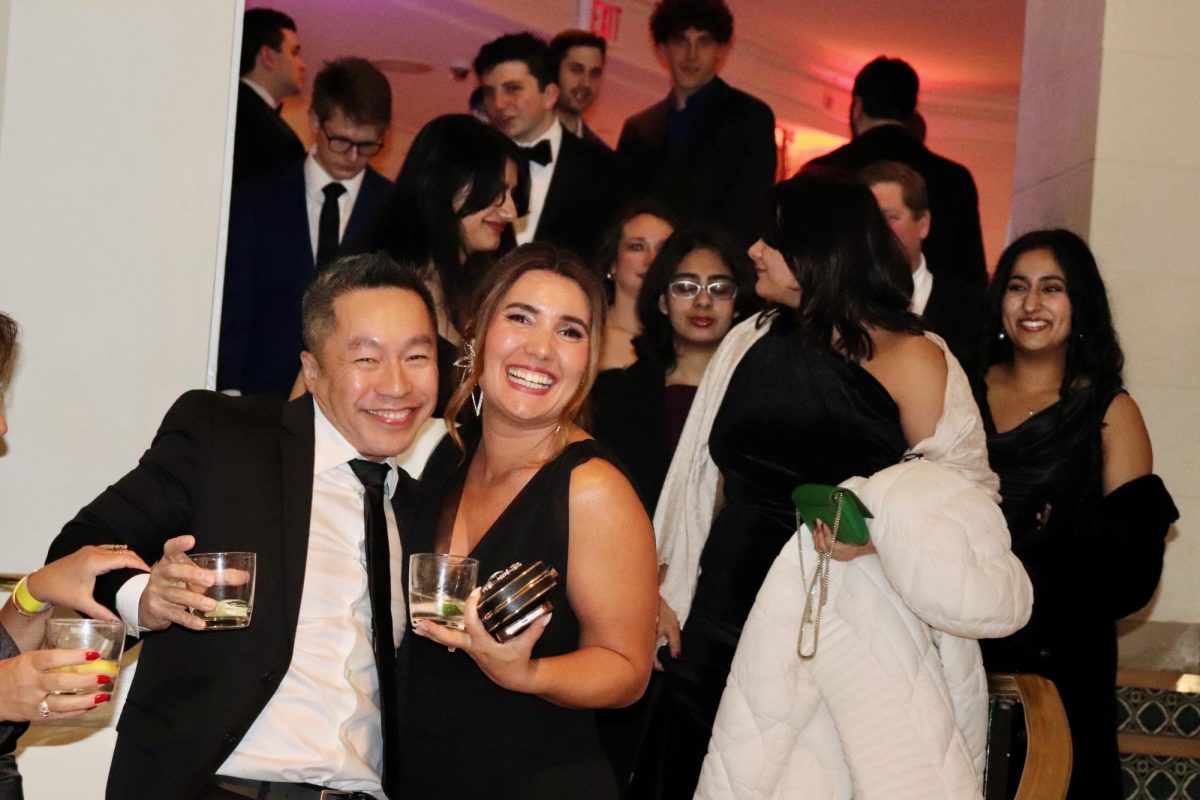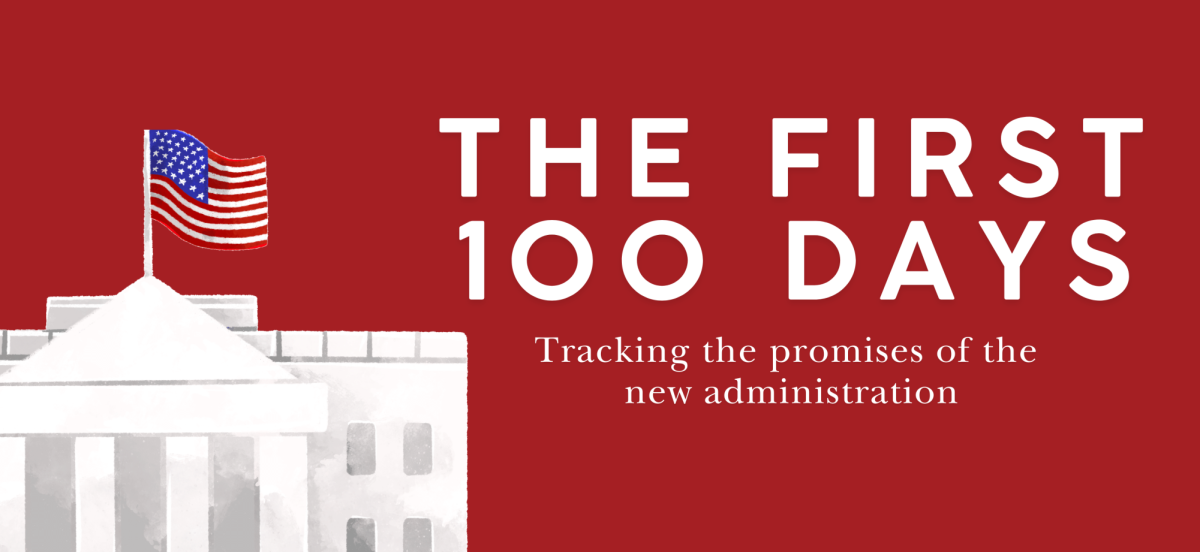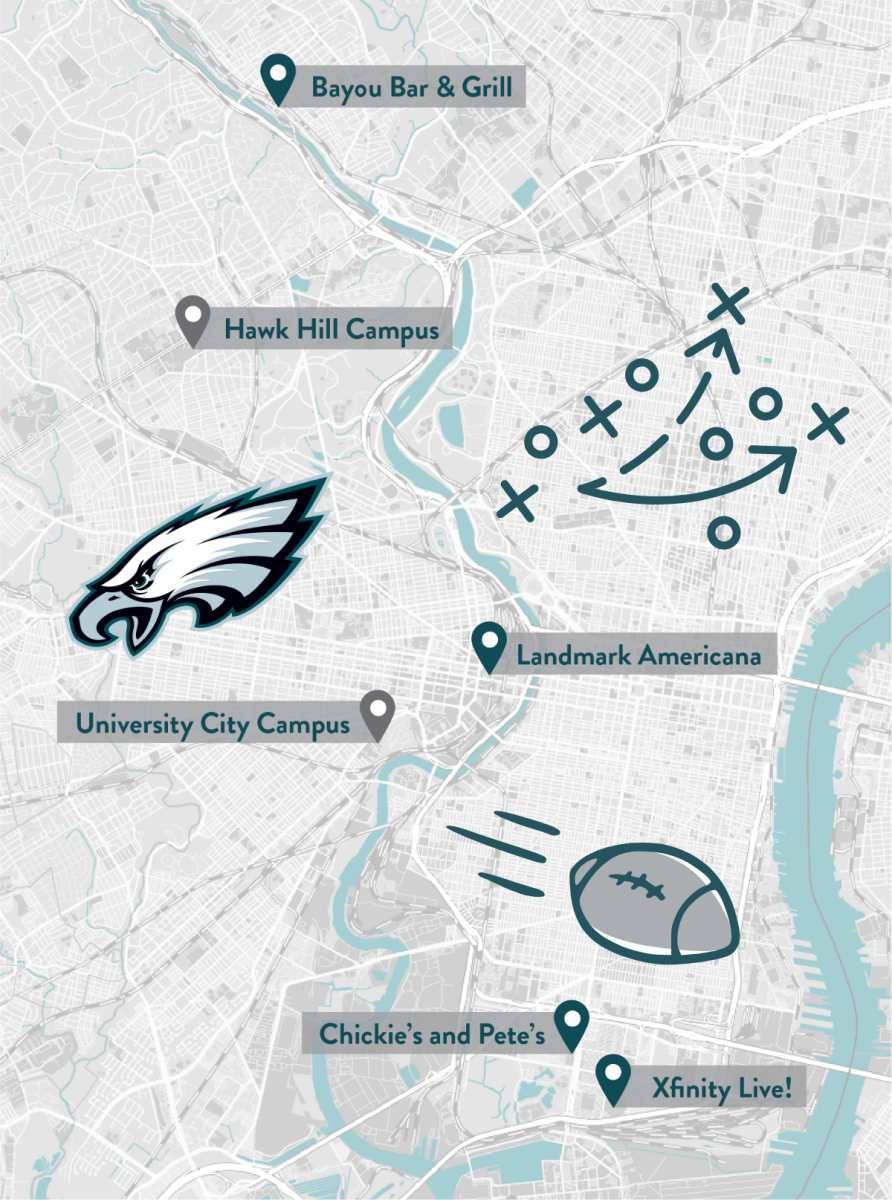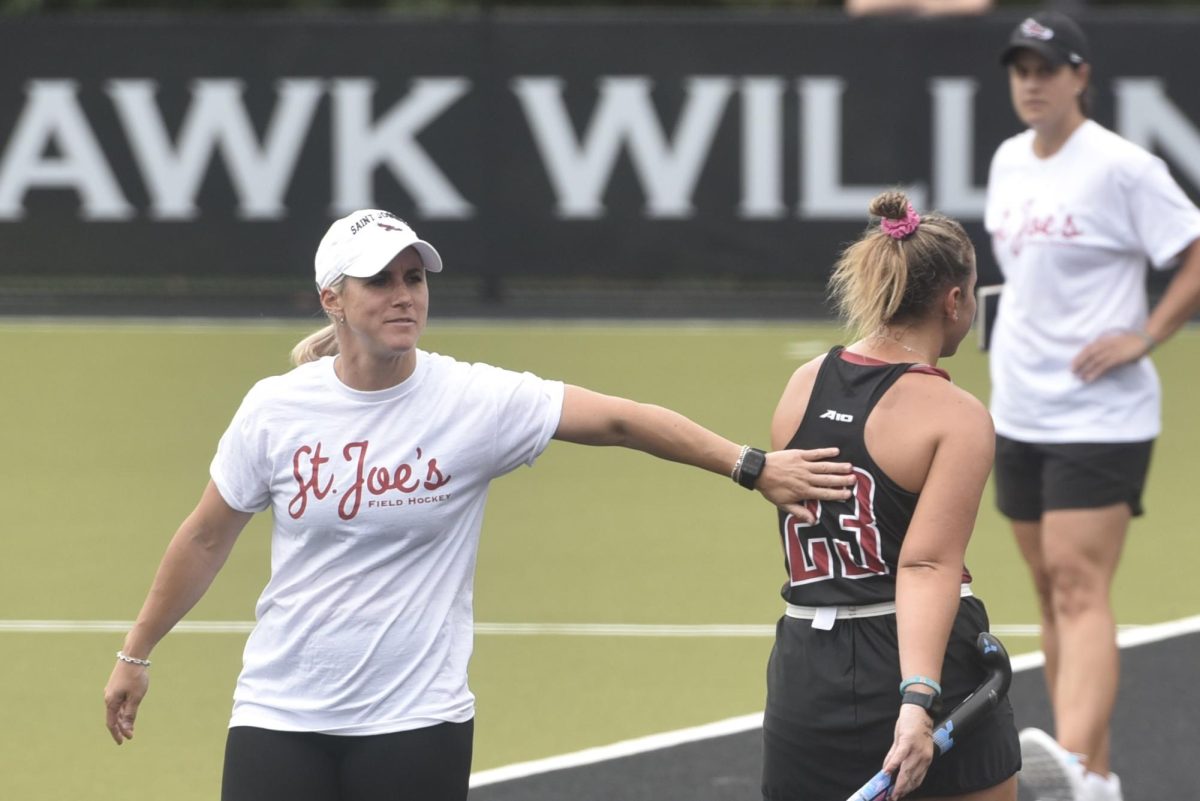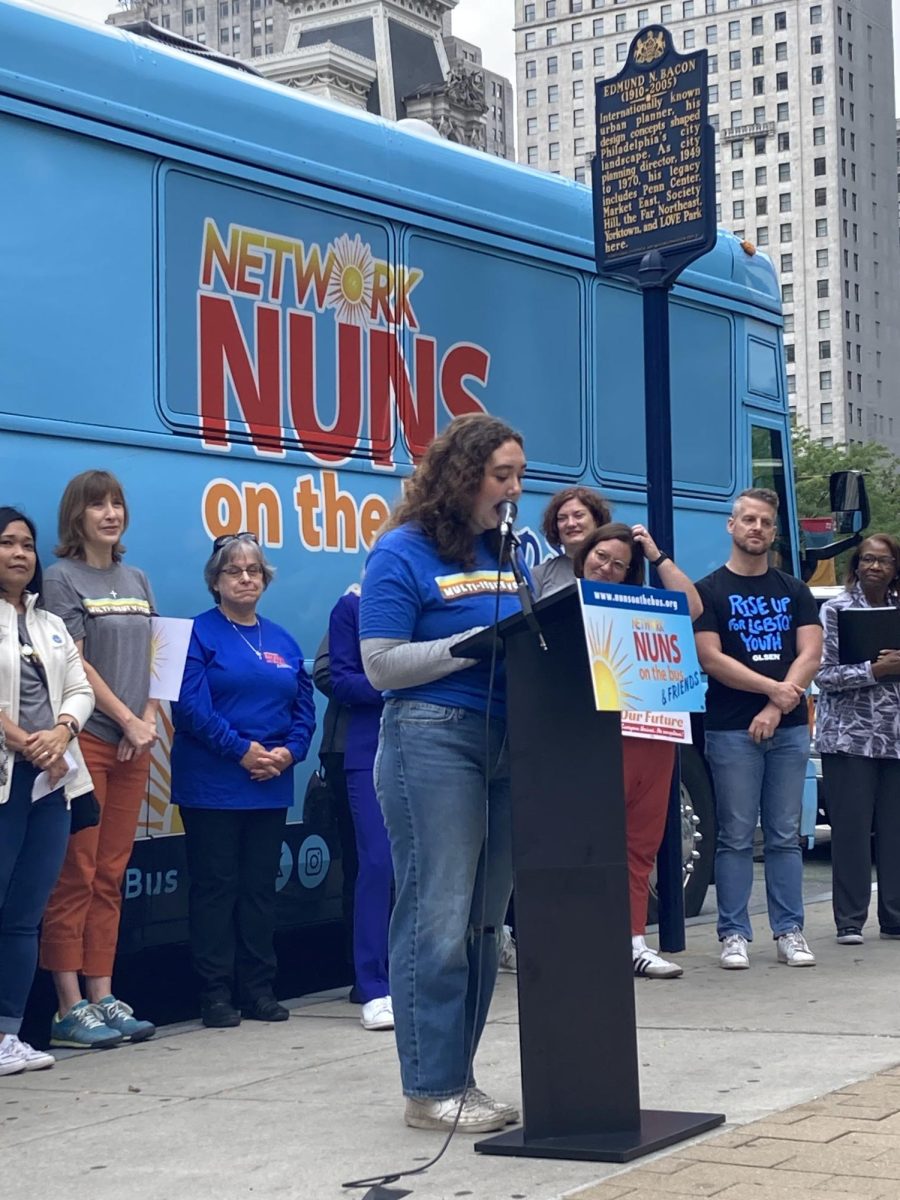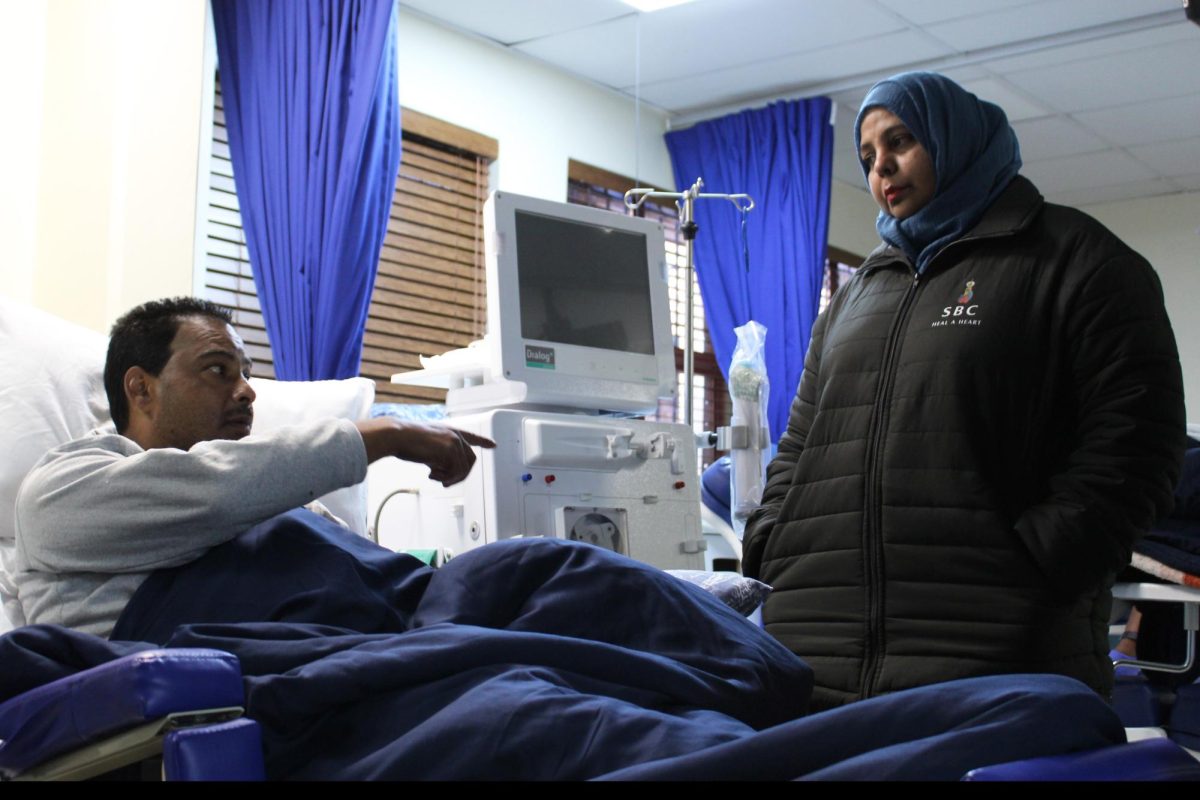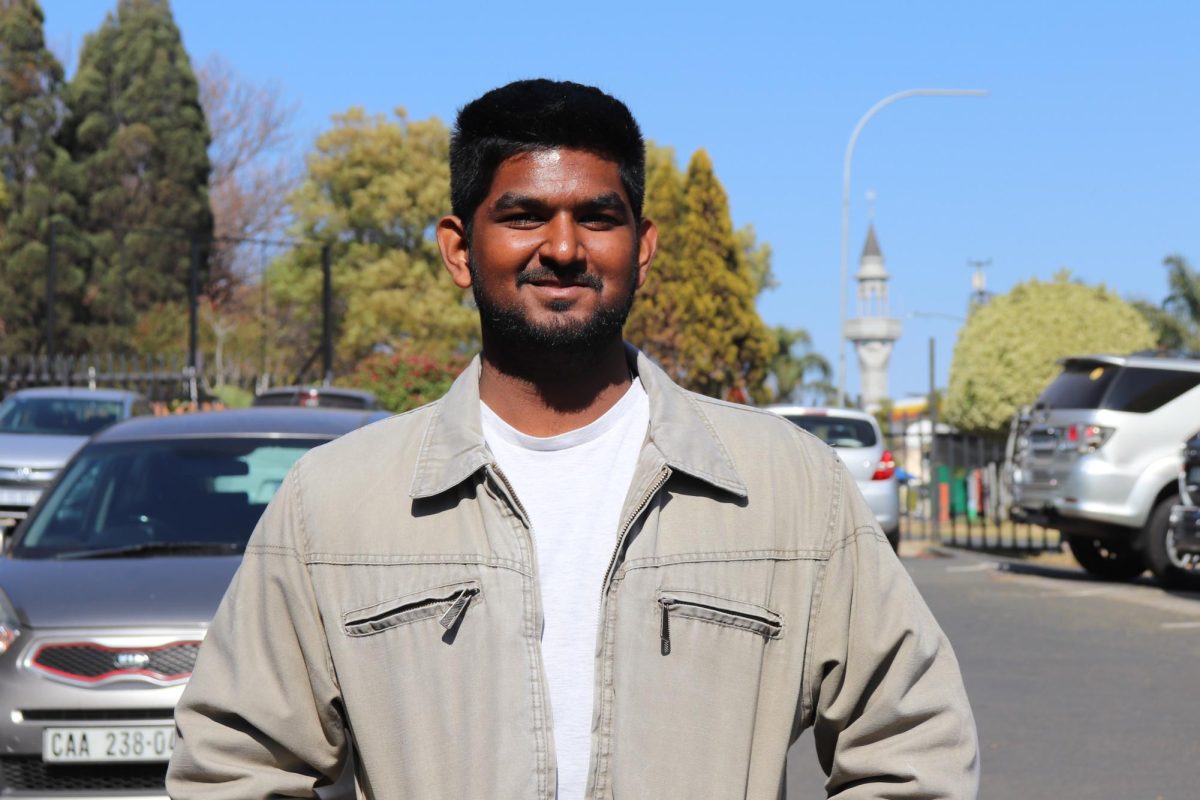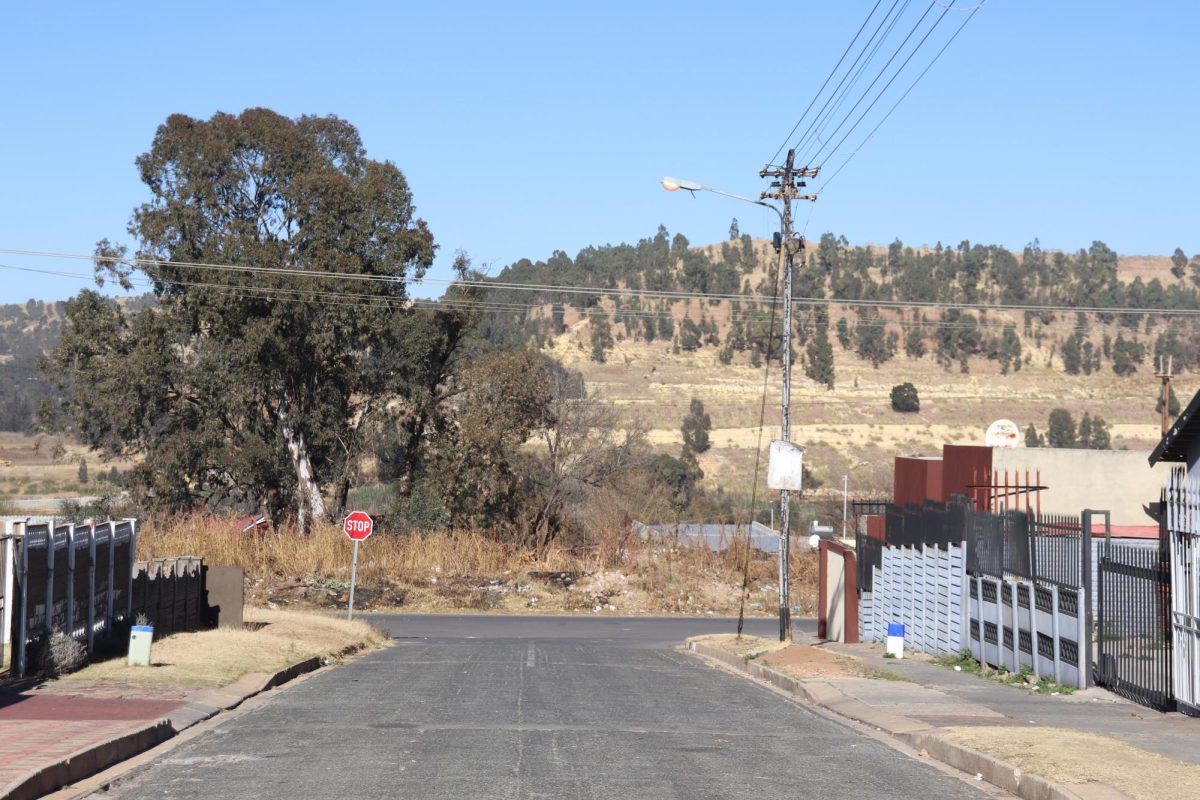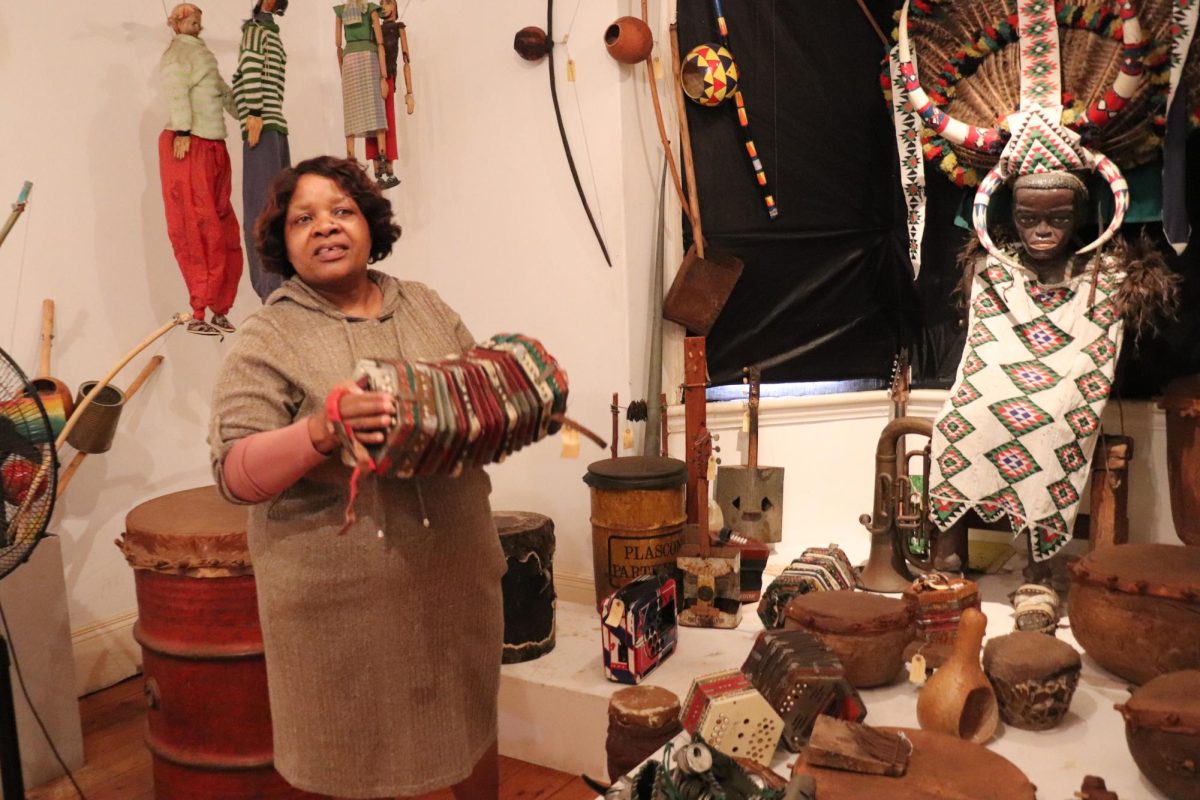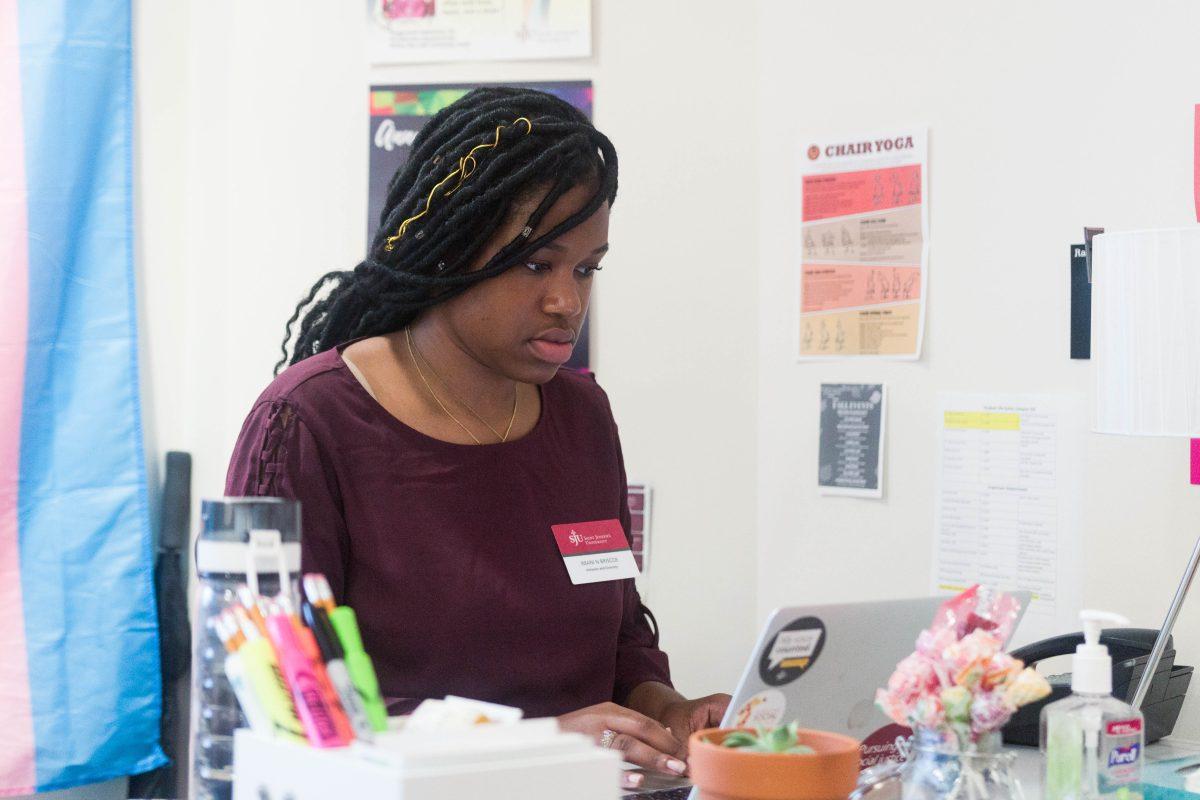Office of Inclusion and Diversity seeks new leader
Monica Nixon, Ed. D., stepped down from her position as St. Joe’s assistant provost for inclusion and diversity due to personal reasons, during the third week of July.
With the departure of Nixon, many changes in leadership have happened and will continue to happen within the Office of Inclusion and Diversity.
“Besides being a woman, I would not be considered part of an unrepresented group, and I acknowledge that is a limitation,” said Kim Allen-Stuck, Ph.D., assistant vice president of student success and educational support. “But I like to think that my commitment to this type of work over my whole career is enough to get us through.”
Allen-Stuck and Janée Burkhalter, Ph.D., associate professor of marketing, have temporarily taken on Nixon’s responsibilities while a provost search is conducted.
“Monica was a full time person doing a full-time job,” Allen-Stuck said. “I am chairing the climate study working group that now Janée is a part of and Janée is chairing the President’s Council for Inclusion and Diversity that I am now a part of.”
According to Allen-Stuck, for the remainder of the year Burkhalter will assume the role of special assistant to the provost for inclusion and diversity, while also being a faculty member.
“Between the two of us and the other great people we work with, we will be covering the areas for the year with the intent that this job will be filled for next year,” Allen-Stuck said, mentioning that there are other areas of turnover and committee leadership positions changing.
A year after Imani Briscoe ’17 graduated from St. Joe’s, she is back in a new capacity.
The former student and member of the student inclusion program has undertaken the role of program coordinator for the Center of Inclusion and Diversity.
“It has really been a full circle experience for me, where I have been able to have that student-facing side,” Briscoe said. “And now, I am coming back as an administrator to help the same students and to advise and support those same students that were in my position.”
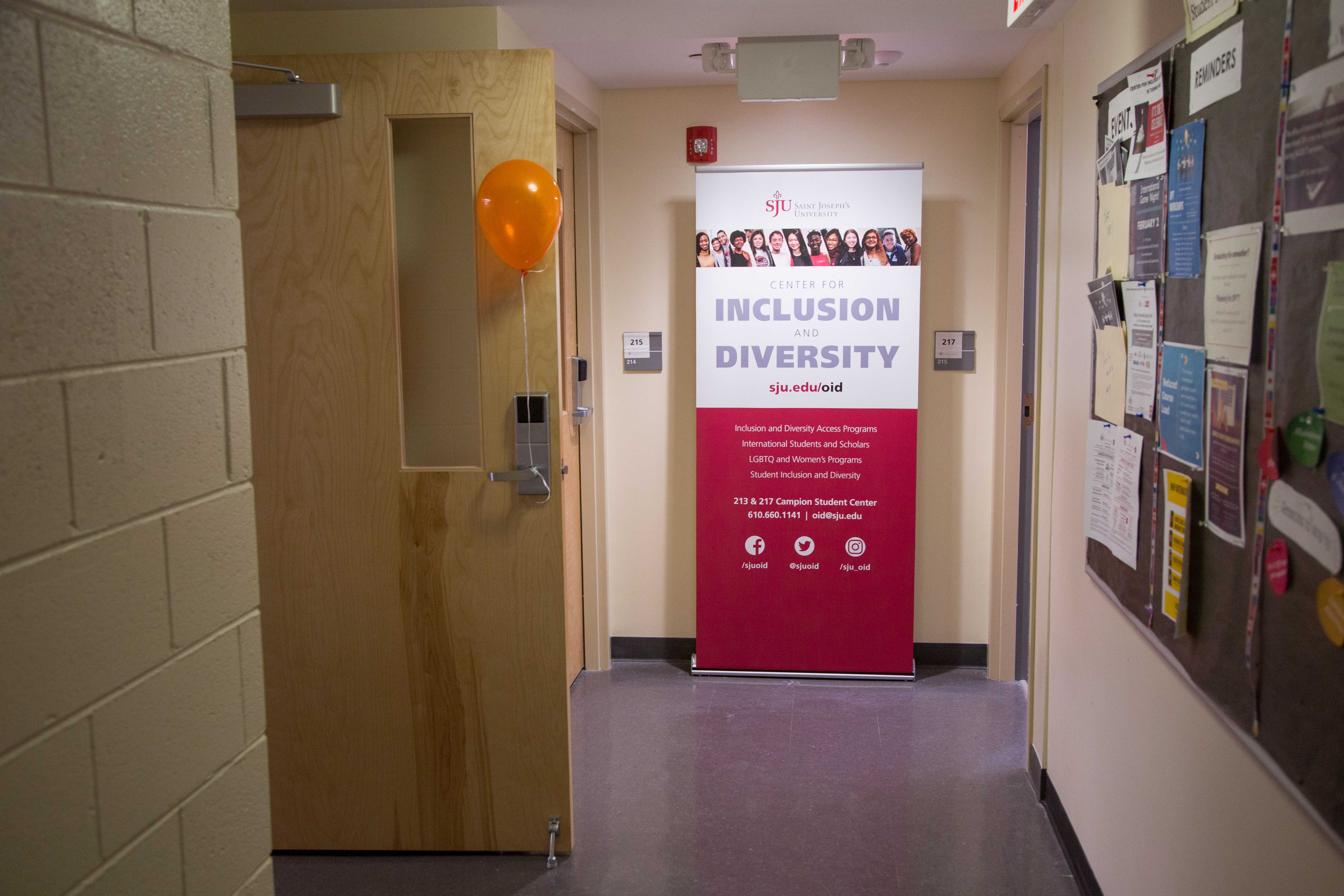
According to Briscoe, although Nixon is no longer working at St. Joe’s, keeping many programs and overall essence of Nixon is important for further growth. The undergraduate fellowship program that Nixon helped grow is one area that is of specific interest to Briscoe.
“It is essentially for students that have an interest in involvement in higher education and give them career opportunities and have mentors from the university,” Briscoe said.
Sabrina Chen ’18, a work study student at the center for Inclusion and Diversity remembered how she felt when Nixon assumed the role of Assistant Provost.
“I was extremely excited because not only was she a minority but she was also Asian,” Chen said. “It was good to see someone that looked like me serving on the board for the university.”
Another legacy Nixon spearheaded before her departure was the online campus climate study, a survey which was comprised of questions about personal experiences and aims to provide an overall blueprint for initiatives and programs for the university moving forward.
“The results of the climate study will be used to lead us in the new direction,” Allen-Stuck said.
Eight months have passed since that survey went out to all St. Joe’s faculty, staff and students.
On Oct. 9, Rankin & Associates, whom St. Joe’s partnered with to conduct the study will reveal the results of the 2,040 people who participated, according to Allen-Stuck.
“Even if it is not drastic changes, [they are] incremental changes that could possibly have a big impact overall,” Briscoe said, “in what the next steps may look like once the climate survey results come out.”
The president’s commission council for inclusion and diversity which Nixon had been chair of and that Burkhalter is a part of will then use the climate study results to form an ‘inclusion blueprint’, Allen-Stuck noted.
“I think with that being something she initiated before she left it still has the potential to tell us so much about our campus and where we can make changes, helping us realize what our campus does well and what we could do better,” Briscoe said.


